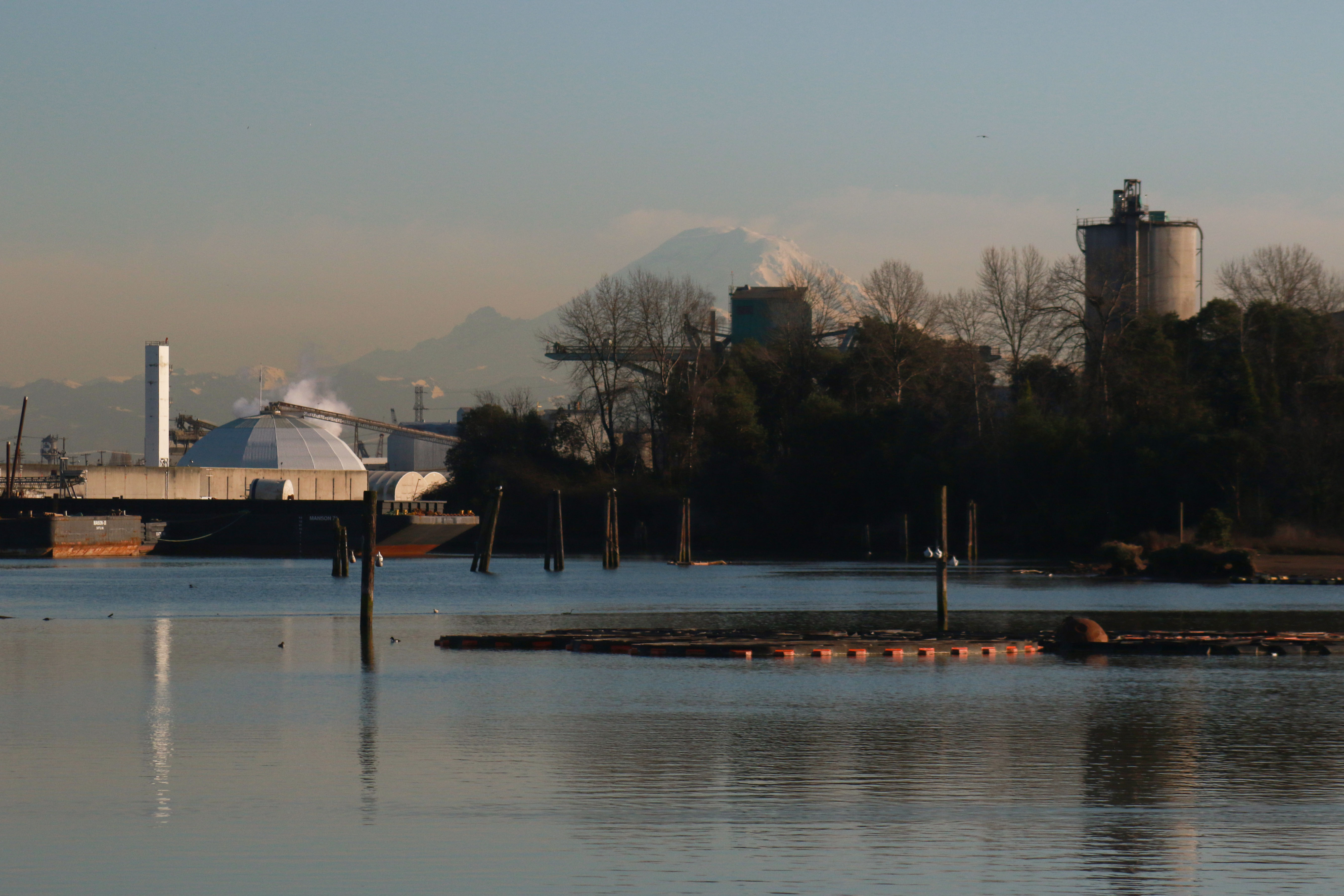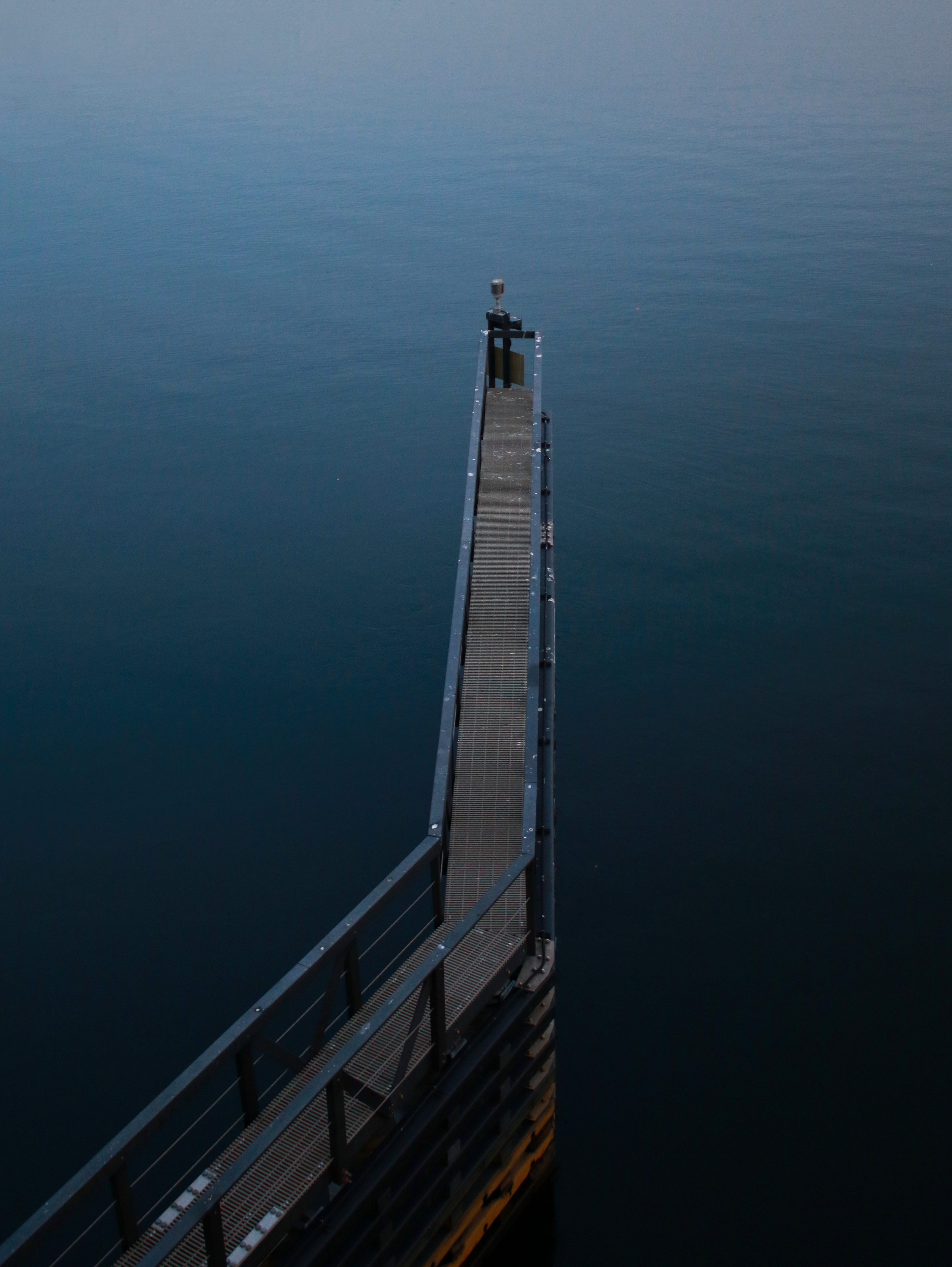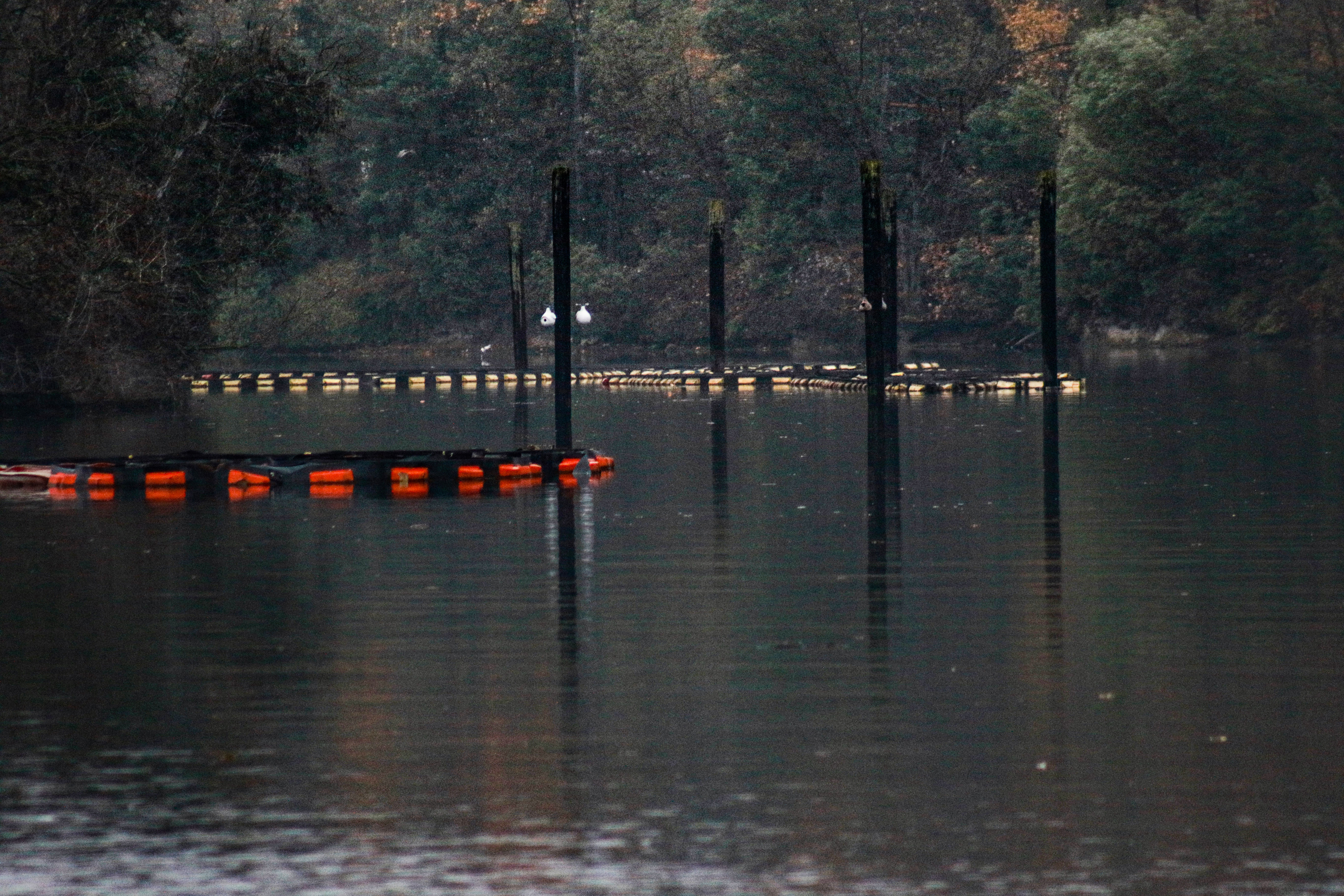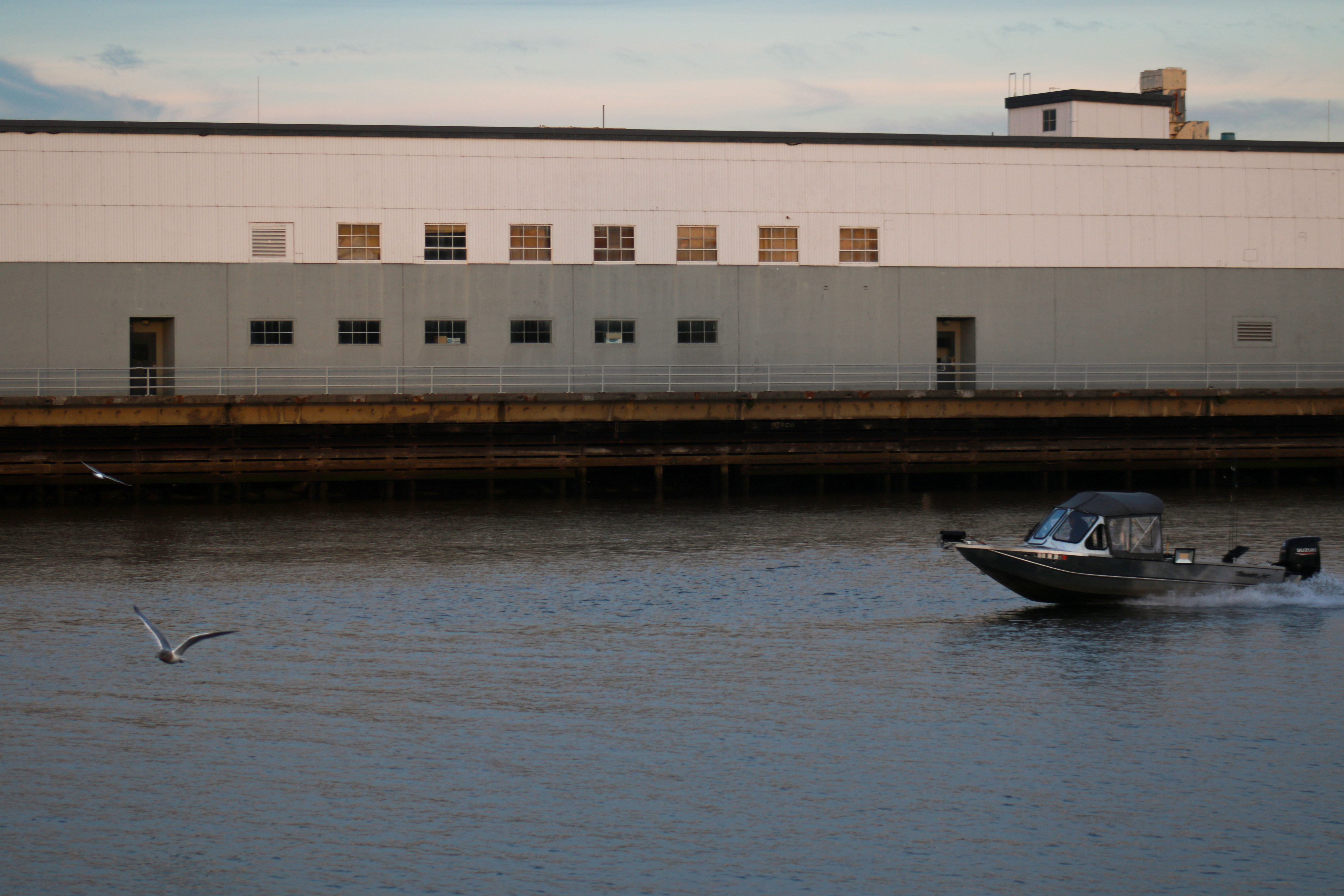A Story of a River
“Those
who have the privilege to know, have the duty to act.”
-Albert Einstein
-Albert Einstein
I have the privilege of knowledge. My access to education and degree in biology have allowed me to dive deeper into the complexity of our impact on our local environment. My understanding of science and the impacts of environmental degradation is largely inaccessible to the public. Even though there is a clear correlation between public health and the health of our environment, there is not a universal urgency to act. I believe that a well-informed public has the potential and power to create change.
My project focuses on some of the environmental injustices that stem from Seattle’s history and present culture. Due to the consequences of industrialization and capitalism, the natural landscape of the Duwamish River has suffered. It is easy to ignore an issue when you do not “see” it and when scientific data is misunderstood or inaccessible. As a biologist and photographer, I possess the tools to make visible the unseen damage of the river. My goal is to create awareness and understanding of the complexities, beauty, and the necessity to rehabilitate the Duwamish River and its historic significance in our region.
Though I grew up in Seattle, I did not learn about the history of the Duwamish people or the land they inhabited. Our cultural and historical amnesia has resulted in economic and environmental inequalities with devastating impacts. The Duwamish river has been an integral and highly manipulated component of Seattle’s landscape. Seattle was built on Duwamish land and the Port of Seattle carved into the river. Today, because of industrialization, the river is a superfund site. In Seattle there is a nine-year life expectancy difference between South Park and Magnolia, predominantly due to economic, social, and environmental issues related to the area around the Duwamish river.
I ask the question:


PCBs (polycholrinated biphenyls) are one of dangerous pollutants found in this river and other Puget Sound waterways.
They are found in transformers and capacitors, ballasts of fluorescent light fixtures, electrical cable and wiring, gaskets, and seals from older vessels and in the pigments of some paints.
They have been shown to cause cancer as well as reproductive and developmental defects in both mammals and birds.
What level of proof do we need
about the harmfulness of our actions
before action is taken?
The Duwamish tribe is not recognized
as a soverign nation, by the city of Seattle.
Consequently,
the Duwamish people are not authorized to fish on
the Duwamish River.
The scrap metals in this metal recycling plant contain high levels of PCBs copper, and other toxins.
When the rain comes, it washes the toxins into the river.
When the rain comes, it washes the toxins into the river.
Polluted stormwater runoff is the top toxic
threat to Puget Sound.
Rain washes chemicals, fertilizers, oil, auto fluids, and litter off roads directly into our waterways.
Urban runoff can be so toxic that it kills fish in less than three hours.
Rain washes chemicals, fertilizers, oil, auto fluids, and litter off roads directly into our waterways.
Urban runoff can be so toxic that it kills fish in less than three hours.
This poisoning impacts mammals like the resident orcas.
When a mother orca nurses her calf, she is offloading many of the PCBs to her calf which is one of the reasons for high calf mortality in our resident orca population.
When a mother orca nurses her calf, she is offloading many of the PCBs to her calf which is one of the reasons for high calf mortality in our resident orca population.
How often are PCBs getting into our bodies?
Salmon do a “death dance” due to poisoning
by stormwater in urban creeks that lead into the Duwamish river.
Disorientation, gaping mouth, and an inability to swim are classic signs.
by stormwater in urban creeks that lead into the Duwamish river.
Disorientation, gaping mouth, and an inability to swim are classic signs.
This is the last natural bend left in the River.
It exists next to the Duwamsih Longhouse.
There is significantly more wildlife in this area.


Disturbance in ecology is considered an event of environmental stress occurring over a relatively short period of time and causing changes in the affected ecosystem. Disturbance can result from natural causes or from the activities of humans.
The bottom of most marine boats are coated with a copper antifouling paint to prevent organisms like barnacles from attaching.
Copper is a neurotoxin to fish and will cause seizures.
Copper is a neurotoxin to fish and will cause seizures.
Logging was started by Europeans in the 1850s.
By the 1880s nearly all the forests near the Puget Sound had been removed.
Logging of this area freed huge amounts of sediment, which washed into streams, destroying habitat and making it difficult for fish and small stream organisms to breathe and eat.
Many locations in the Puget Sound still suffer the consequences.
By the 1880s nearly all the forests near the Puget Sound had been removed.
Logging of this area freed huge amounts of sediment, which washed into streams, destroying habitat and making it difficult for fish and small stream organisms to breathe and eat.
Many locations in the Puget Sound still suffer the consequences.
These trees will only live for 7-10 years.
This is a direct result from the EPA’s superfund site cleanup in which they covered many toxins with a layer of clay.
The roots of these trees cannot penetrate clay.
The straightened river is now 5 miles long.
Before, it used to be 15 miles long.
It used to be one of the largest mudflats on the West Coast.

Environmentalists sued Boeing in 2018 for poisoning the Duwamish River
They were pumping out pollution and PCBs thousands of times above the legal limit.
They were pumping out pollution and PCBs thousands of times above the legal limit.
When will people be able to fish in this river again without the fear of consuming poison?
The Black River once drained Lake Washington south into the Duwamish River.
When the Montlake cut was constructed next to the University of Washington, the Lake immediately dropped 10 feet and the Black River ceased to exist.
Thousands of Duwamish people, salmon and other resources did as well.
When the Montlake cut was constructed next to the University of Washington, the Lake immediately dropped 10 feet and the Black River ceased to exist.
Thousands of Duwamish people, salmon and other resources did as well.
Before the river became a superfund site, spills were intentional.
Rubble from the San Francisco earthquake was dumped here along with massive amounts of other forms of waste.
Rubble from the San Francisco earthquake was dumped here along with massive amounts of other forms of waste.
“We sacrificed our land to make the City of Seattle a
beautiful reality.
We are still waiting for our justice.”
- Cecile Hansen, Chairwoman of Duwamish Tribe
We are still waiting for our justice.”
- Cecile Hansen, Chairwoman of Duwamish Tribe
What does
environmental rehabilitation look like?
Here are people and organizations
that you can support with me:
The Duwamish People and their Real Rent fundraiser.
Polititions with environmentally conscious agendas.
The Duwamish River Cleanup Coalition
Puget Soundkeepers Alliance
Duwamish Alive Coalition
Our Green/Duwamish
Polititions with environmentally conscious agendas.
The Duwamish River Cleanup Coalition
Puget Soundkeepers Alliance
Duwamish Alive Coalition
Our Green/Duwamish
Cargo Collective 2017 — Frogtown, Los Angeles